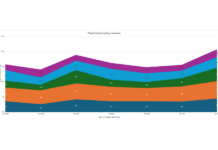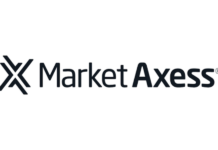The use of electronic trading in corporate bonds will continue to increase, Coalition Greenwich’s March Data Spotlight has stated.
Electronic trading activity grew faster than overall market volumes, the report noted, with a 25% ADNV increase YoY and a five percentage point increase from January. A total 45% of investment grade (IG) bonds volume was traded through a platform, marking a seven percentage point YoY increase. The volume of high yield (HY) bonds traded through a platform, on the other hand, dropped to 29% – 4% lower than a year ago for the same period.
Trading venues have reported strong electronic volumes over the month, the report said, adding that “the total pie is getting bigger and the competitive landscape is as fierce as ever”. It went on to reference increased activity around automation and algorithmic execution, commenting that the majority of large dealers respond virtually to all request-for-quotes automatically.
The report noted that February 2024 saw record volumes in corporate bonds trading, with an average US$51 billion traded daily. This marks a US$1 billion daily increase month-on-month, and a 13% increase YoY.
This increase was led by IG bonds, the volumes of which grew 21% YoY. The volume of HY bonds dropped by 8%.
On 29 February markets saw a record-breaking day for volumes in the US corporate bond market, with US$81 billion traded. The previous record was established less than a month earlier, with US$75 billion traded on 31 January.
These volumes are being driven by investors rotating money market funds into longer-term debt in advance of Fed cuts, Coalition Greenwich stated. It added that increased new issuance of corporate bonds has boosted secondary market trading.
Coalition Greenwich reported that credit exchange traded fund (ETF) activity has declined in relation to the bond market, representing 17% of bond market volume on a notional basis. This is the lowest level seen since Q2 2021, with a 15 percentage point drop in the average HY ratio from the last two years, falling to 35% in 2024.
As with US corporate bonds, expected rate cuts are playing a role here. Institutional investors are “moving individual bonds around as opposed to taking what are often temporary positions in ETFs to hedge or put cash to work”, Coalition Greenwich said.
©Markets Media Europe 2024
©Markets Media Europe 2025

























